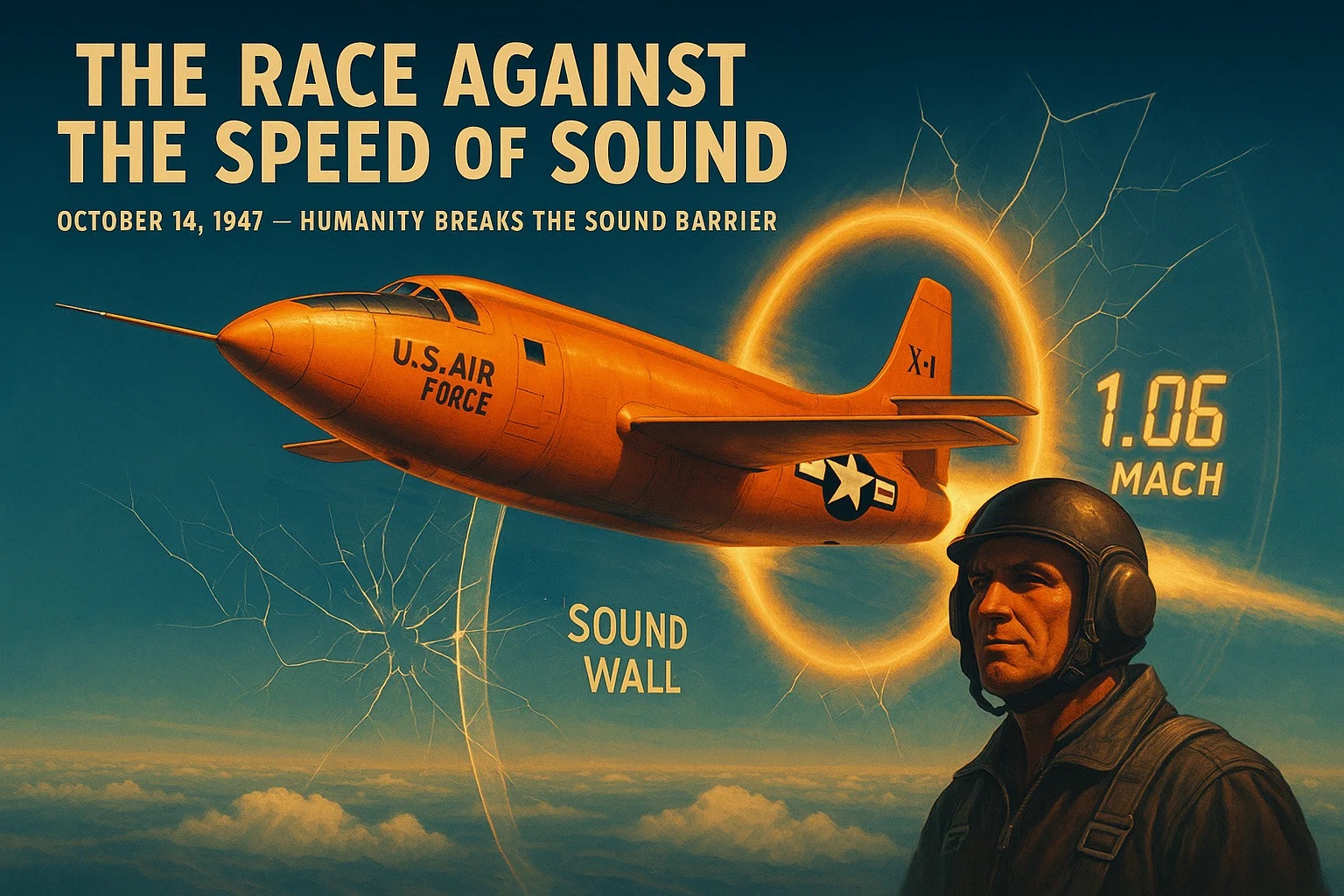Speed shapes nearly every aspect of our world — from a cheetah’s sprint to a spacecraft soaring through space. Speed conversion helps us make sense of how fast things move by translating between units like miles per hour, kilometers per hour, knots, and meters per second. Whether you’re a student studying physics, a traveler switching between metric and imperial systems, or a scientist measuring velocities beyond Earth, understanding speed gives you a new lens through which to view the world. This guide goes beyond simple math to explore the science, real-life stories, and fascinating facts behind speed — and how it influences everything from technology travel.
Want to go deeper? Try the Force Converter to see how speed connects with mass and acceleration. Or explore the Pressure Converter, especially if you're interested in weather systems or fluid dynamics, where pressure and velocity go hand in hand.
What Is Speed?
Remember the last time you raced for the train or watched a plane soar overhead? That was speed in action. In simple terms, speed measures how fast something travels from one point to another. Scientifically, it’s defined as the distance covered divided by time — but you don’t need to be a physicist to understand it.
One key distinction: speed isn’t the same as velocity. Speed tells you how fast you're going, while velocity also includes direction. So driving at 60 km/h is your speed; driving 60 km/h heading north is your velocity.
The basic formula for speed is easy to remember:
Speed = Distance : Time
Humans may run at around 10–12 m/s, but satellites circle the Earth at several thousand meters per second. Understanding how to convert these speeds into various units helps us design safer vehicles, build better roads, and even launch missions to other planets.
Why We Use Different Speed Units
Speed isn’t one-size-fits-all. Whether it’s a car, boat, plane, or spacecraft, each field uses its own system to track motion. Speed conversion lets engineers, travelers, scientists, and athletes speak the same language, even when their tools or locations differ.
Here are some of the most common ways we measure speed across disciplines:
Everyday Units:
-
Meters per second (m/s): The go-to unit in physics and engineering
-
Kilometers per hour (km/h): Standard for road signs in most countries
-
Miles per hour (mph): Common in the U.S. and U.K.
-
Feet per second (ft/s) or minute (ft/min): Used in technical or mechanical contexts
-
Yard-based units (yd/s, yd/min, yd/h): Rare, but occasionally seen in traditional systems
Maritime and Aviation Units:
-
Knot (kn): One nautical mile per hour — the standard in navigation
-
Knot (UK): A slight variation used in specific regional standards
Scientific & High-Velocity Units:
-
Speed of light: ~299,792,458 m/s³ — the universe’s ultimate speed limit
-
Cosmic velocities: Speeds needed to orbit or escape Earth’s gravity
-
Earth’s orbital speed: Roughly 30 km/s around the sun
Other Specialized Units:
Includes slower or rarer units like:
-
m/h, km/min, cm/s, mm/min, ft/h, etc.
Speeds Related to Sound:
-
Sound in pure water: ~1,480 m/s⁴
-
Sound in seawater (20°C): ~1,500 m/s
-
Mach: A ratio comparing speed to the speed of sound (Mach 1 = ~343 m/s at sea level)
A Turning Point in Aviation
In the 1940s, flying faster than sound seemed impossible. Planes would shake violently near “the sound barrier,” and many believed it was too dangerous to push further.

But on October 14, 1947, U.S. Air Force pilot Chuck Yeager changed history. Flying the rocket-powered Bell X-1, he became the first human to break the sound barrier, hitting Mach 1.06.
His achievement wasn’t just a leap in technology — it was a leap in mindset. Yeager’s success opened the door to supersonic flight, space exploration, and a new era of speed. After his flight, “Mach” became a global term, used to describe speeds exceeding the speed of sound. Today, it’s common in aerospace, engineering, and even pop culture.
Speed in Space
While we often think of speed in terms of vehicles or sports, in space, speed becomes a matter of survival and possibility. To orbit, escape Earth’s pull, or journey beyond the Solar System, scientists calculate specific speed thresholds known as cosmic velocities:
-
First cosmic velocity: ~7.9 km/s — needed to maintain Earth orbit
-
Second cosmic velocity: ~11.2 km/s — required to escape Earth's gravity
-
Third cosmic velocity: ~16.7 km/s — needed to leave the Sun’s influence from Earth’s orbit
This is how spacecraft like Voyager 1 and 2 are able to travel far beyond the reaches of our solar system
Nature’s Hidden Superpower
We usually think of sound as something traveling through air — but underwater, sound moves much faster. In seawater, it reaches speeds around 1,500 m/s, more than four times faster than in air!
Why so fast? Water is denser than air, allowing vibrations to pass through more efficiently. This speed enables:
-
Submarines to detect distant objects
-
Marine mammals like whales and dolphins to communicate across vast distances
-
Scientists to map the seafloor using sonar
So next time you imagine the ocean’s depths, think of it as a world alive with sound — and that sound is traveling faster than you’d expect.
Check out Conversion section for automatic conversion fast and easy

